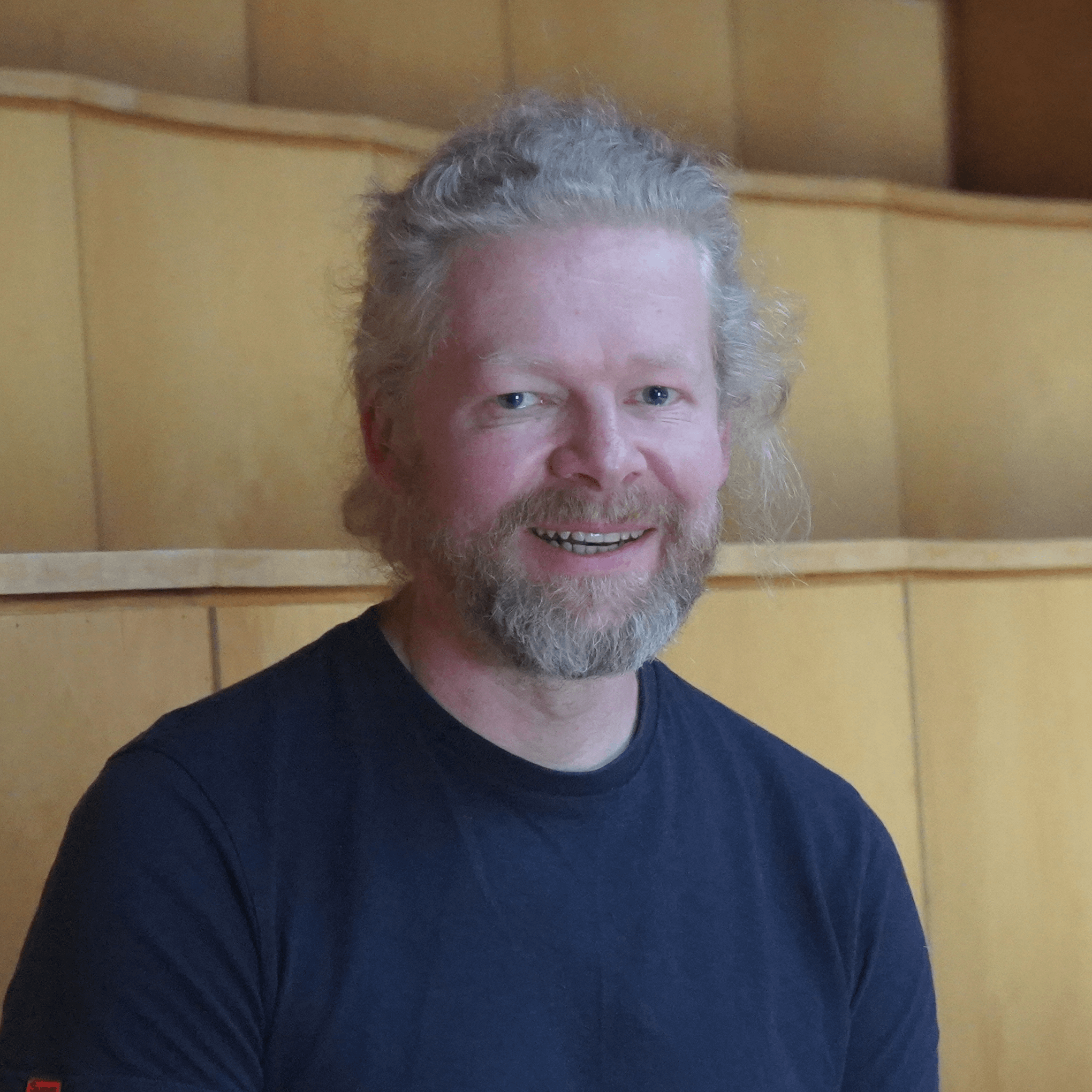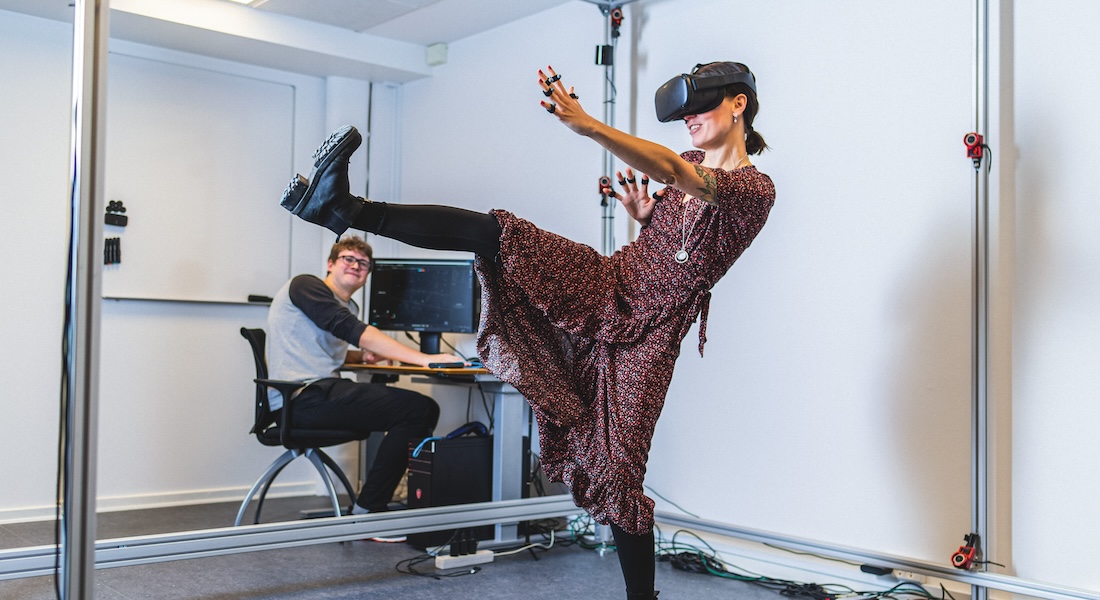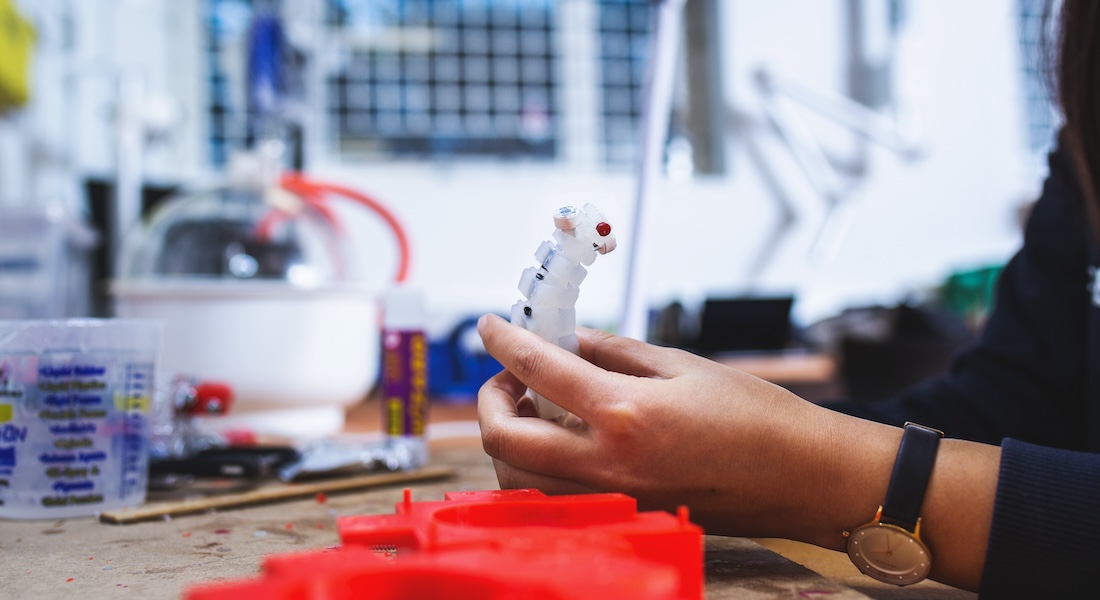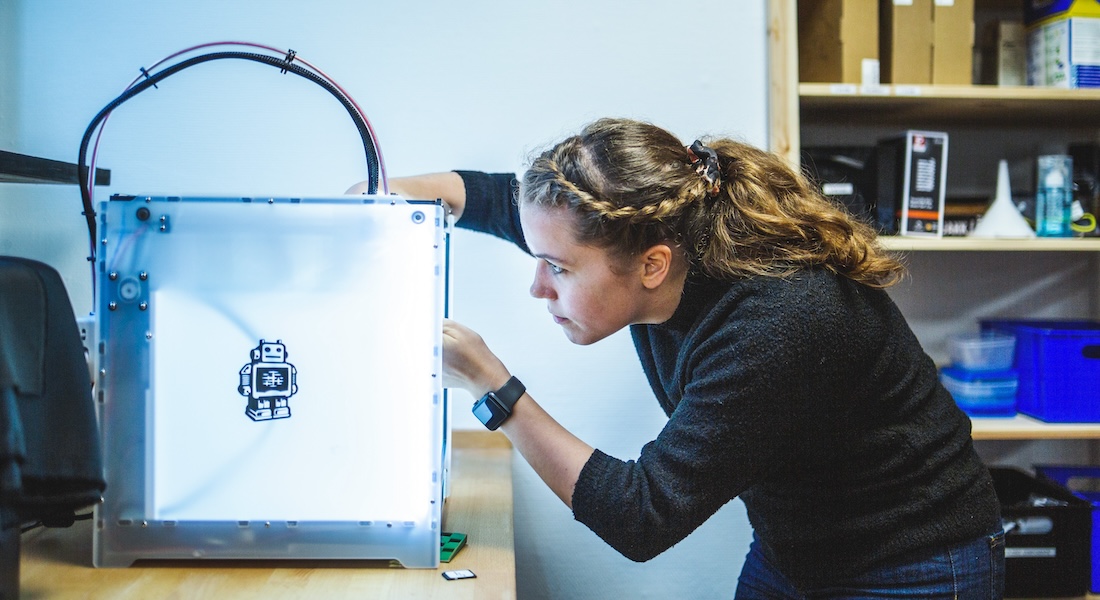Labs and resources
The Department of Computer Science has a number of labs and compute resources that we use for both research and teaching. Other departments at the University of Copenhagen as well as external collaborators can also get access to the equipment. We continuously purchase new equipment, typically in connection with new research projects. Read about our different labs and resources below.
The Department of Computer Science owns a supercomputer which we fully control. We use the supercomputer for research involving massive amounts of data and/or complex calculations, typically for various disciplines within AI, for simulation, and for testing algorithms.
With servers placed in Denmark, data are kept safe. The supercomputer consists of 120 Nvidia A100 and Nvidia Tyton RTX GPUs and four H100s.
The supercomputer is directly linked to the SCIENCE Faculty's data storage and sharing solutions, ERDA and SIF, which the SCIENCE HPC Centre are responsible for. The centre is located at the Department of Computer Science and thus, we work closely together. Read more about SCIENCE HPC Centre and their services here.
National compute resources
Denmark is investing heavily in AI resources and is in the process of building one of the world’s most powerful AI supercomputers that researchers at Danish universities will be able to make use of. You can read more about the national supercomputer here.
In our fabrication lab, we typically build interfaces and robots. However, the sky is the limit!
You can work on your project from the early stages such as, brainstorming, designing and developing using low and high-fidelity prototyping. You can get familiar with and explore different tools, software, techniques and equipment from raw materials such as paper, wood, plastic to electronics, robotics, programming, laser cut and 3D Printing.
Our fabrication lab gives access to a wide range of tools and equipment, such as:
- 3D printers and scanners
- Laser cutters and foil cutters
- Soldering equipment for making electronics prototyping, robotics or similar prototypes, including an assortment of components, both electrical and mechanical
- Silicone casting equipment, mainly used in regards to soft robotics
- Cnc mill (primarily for pcb milling)
- A big selection of tools for making different constructions.
Our Robot lab is the place for experimenting with robotics of all kinds. We primarily test software for robots and teach our students how to program different types of robots. In some cases, we also build entire robots or parts for robots from scratch (this part takes place in our fabrication lab).
Our Robot lab has a growing assortment of different robotics platforms. Researchers, students, and collaborators have access to:
- Cobots (UR5es from Universal Robots)
- OnRobot RG2 grippers
- Micro drones
- Wheeled robots (arloes)
- Optitracking Mocap system.
In our Presence lab, we design, develop, and experiment with techniques and methods for Extended Reality (XR), which encompasses Virtual Reality (VR), Augmented Reality (AR), and Mixed Reality (MR). Here, you can explore many different types of XR tools. Among others, we have a variety of VR and AR glasses, two separate Motion Capture systems, as well as Haptics devices og interfaces.
In our Observe lab, you can set up, record, observe and analyse usability studies, focus group interviews, and product testing.
Contact
 Morten Engell-Nørregård
Morten Engell-Nørregård
Lab Manager
mort@di.ku.dk




